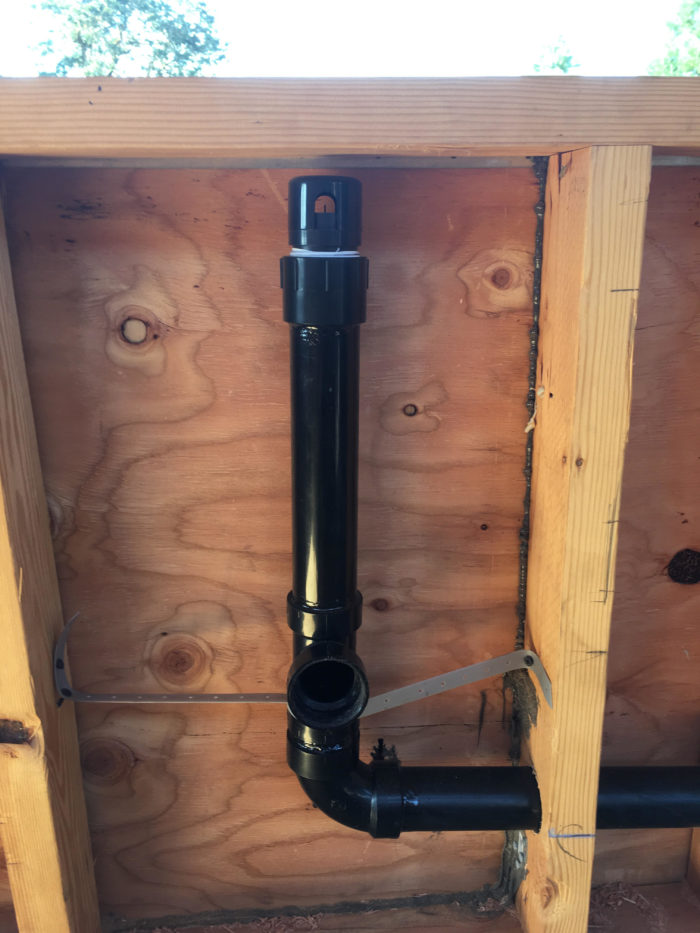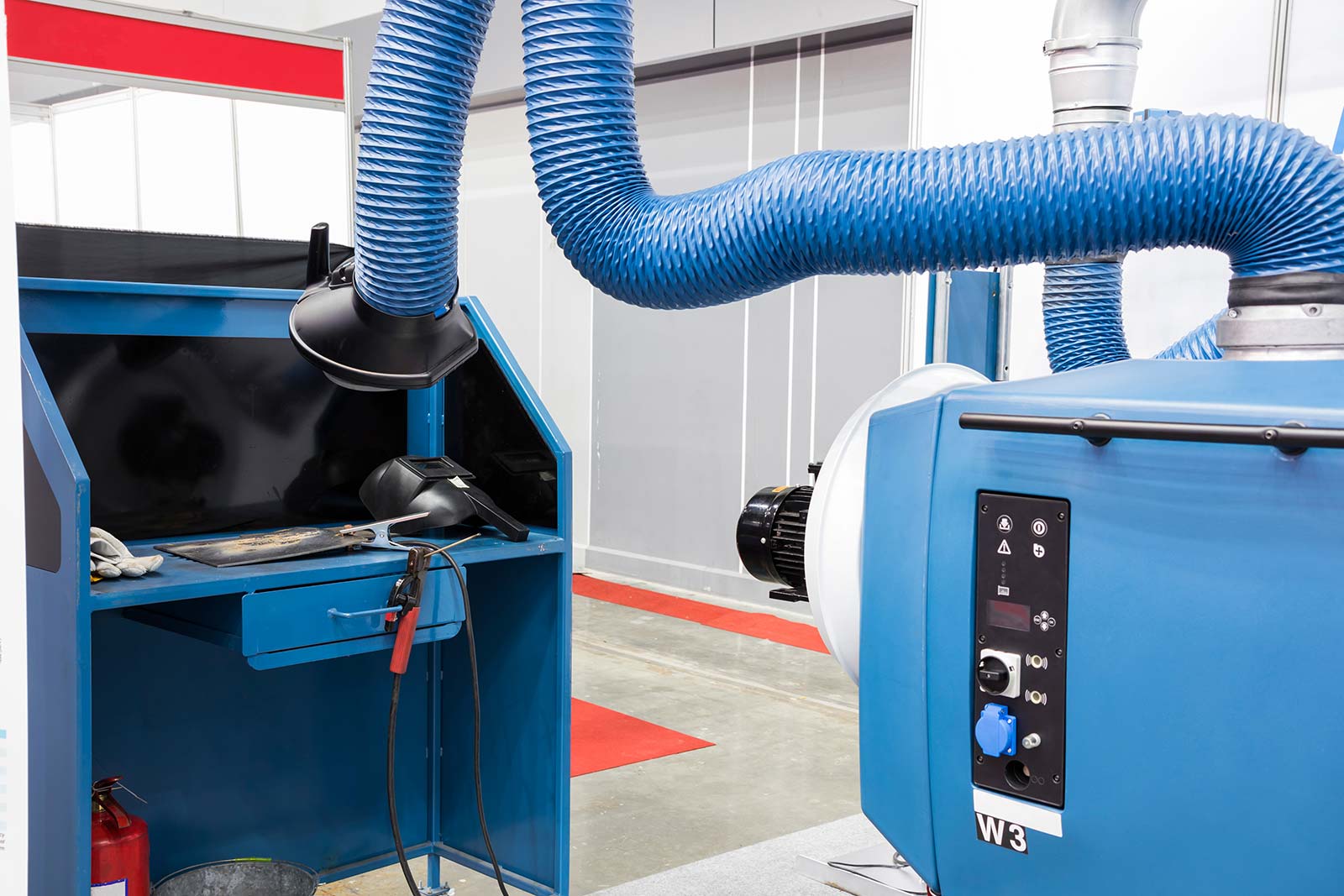The Importance of Ventilation in Plumbing Systems
The Importance of Ventilation in Plumbing Systems
Blog Article
The publisher is making a few great pointers relating to Essential Plumbing Vent Pipes: Understanding Their Role overall in this great article further down.

Appropriate air flow in plumbing systems is usually ignored, yet it is critical for maintaining the capability and safety of your home's plumbing. Air flow assists regulate atmospheric pressure, stop the build-up of dangerous gases, and make certain the efficient removal of waste. In this overview, we will discover the significance of appropriate plumbing ventilation, exactly how it works, and the benefits it gives your plumbing system.
Comprehending Ventilation in Plumbing
Ventilation in pipes describes the network of pipelines that permit air to stream via the water drainage system. These vents offer numerous functions, consisting of managing air pressure within the pipes, preventing sewer gases from going into the home, and assisting in the smooth circulation of wastewater.
How Ventilation Works in Plumbing Systems
Atmospheric Pressure Law
Proper ventilation keeps well balanced atmospheric pressure within the plumbing system. When water streams with pipes, it displaces air. Without sufficient air flow, this variation can create unfavorable pressure, bring about slow drains pipes or siphoning of water from traps, which can trigger undesirable odors to leak right into the home.
Avoiding Sewage System Gas Buildup
One of one of the most crucial features of pipes vents is to stop sewer gases, such as methane and hydrogen sulfide, from building up within the home. These gases can present significant health risks and are extremely flammable. Vent pipes permit these gases to leave securely outside.
Aiding in Waste Removal
Air flow assists in the effective elimination of wastewater by avoiding airlocks in the drain system. When air can stream easily via the vents, it allows water and waste to stream smoothly with the pipelines, reducing the danger of clogs and backups.
Kinds Of Plumbing Vents
Key Stack Vent
The major stack air vent, also called the vent pile, is the primary air vent in a plumbing system. It prolongs from the main drain align through the roofing, allowing gases to get away and fresh air to get in the system.
Branch Vent
Branch vents connect to the primary pile air vent and serve individual fixtures, such as sinks, toilets, and showers. These vents ensure that each fixture has ample air flow to operate effectively.
Air Admission Valve (AAV).
An Air Admission Shutoff (AAV) is a one-way shutoff that allows air to get in the pipes system without the demand for a typical vent pipe expanding through the roof. AAVs are commonly made use of in renovations or locations where installing a common air vent is impractical.
Indications of Poor Air Flow in Plumbing.
Slow Draining Fixtures.
If your sinks, tubs, or commodes are draining pipes gradually, maybe an indicator of inadequate air flow. Insufficient air circulation can create a vacuum cleaner result, making it hard for water to drain pipes correctly.
Gurgling Seems.
Gurgling noises originating from drains are commonly an outcome of air being drawn with water traps as a result of adverse pressure in the pipelines. This is a clear sign of insufficient air flow.
Undesirable Smells.
Sewer smells inside your home are a red flag that your pipes system is not appropriately ventilated. This can suggest that sewage system gases are not being effectively vented outside, causing possibly dangerous problems.
Usual Ventilation Errors.
Poor Vent Sizing.
Using small air vent pipes can cause poor air flow and stress imbalances in the system. It's vital to make use of vents that meet the particular needs of your pipes system.
Improper Vent Placement.
Placing vents as well much from the components they serve can decrease their efficiency. Appropriate positioning guarantees that air can stream openly and effectively with the system.
Ignoring Code Requirements.
Building ordinance supply details guidelines for pipes ventilation. Neglecting these codes can result in a system that fails to function correctly and may result in costly repairs or carcinogen.
Advantages of Appropriate Air Flow.
Enhanced System Performance.
Effectively aerated plumbing systems run more effectively, with fewer clogs, faster draining pipes, and much less stress on the pipes. This effectiveness prolongs the life-span of the pipes system.
Improved Air Top Quality.
By avoiding drain gases from entering your home, appropriate ventilation contributes to much better indoor air high quality, making your living setting healthier and extra comfy.
Avoiding Water Damages.
Sufficient air flow aids protect against water from being siphoned out of catches, which can bring about sewer gases getting in the home and creating water damage gradually.
Actions to Ensure Appropriate Ventilation.
Consulting Pipes Codes.
Constantly get in touch with neighborhood pipes codes when making or changing your pipes system. These codes offer the necessary standards for correct airing vent and ensure your system meets safety and security criteria.
Routine Evaluation and Maintenance.
Normal assessments can assist identify possible ventilation concerns prior to they come to be major troubles. Maintenance jobs, such as cleansing vent pipes and looking for blockages, are necessary for maintaining the system in good working order.
Professional Installation.
For brand-new installations or major alterations, it's a good idea to hire an expert plumbing technician. They have the experience to make sure the air flow system is properly made and set up according to code.
Verdict.
Proper ventilation is a critical element of any kind of pipes system, making sure that it operates efficiently and safely. By comprehending the value of air flow, identifying the indicators of poor ventilation, and taking steps to maintain your system, you can avoid expensive problems and secure your home's air high quality.
4 Things You Should Know About Your Plumbing Vents
What Plumbing Vents Are
Also called a vent stack, a plumbing vent is a vertical pipe attached to your drain line that runs through your roof. The plumbing vent pipe, or plumbing air vent, removes gas and odors from your plumbing system and allows fresh air to enter the pipes, helping the water to flow out of the drain pipes.
What Plumbing Vents Do
Plumbing vents have two basic functions. One of which is to allow unpleasant smelling wastewater and sewer gasses to escape your plumbing system instead of entering your home. Plumbing vent pipes are typically located on roofs, away from windows, to ensure the fumes exit the home completely.
The other function of the plumbing vent is to move fresh air into your plumbing system. This helps move water through every plumbing fixture in your house, like toilets and sink drains. Think of the way in which you need to let a little air into the bottle as you pour soda in order to make the drink flow smoothly.
Different Types of Plumbing Vents
True vent: This is the most common vent option. In simplest terms, a true vent is a vertical pipe attached to your drain line that exits through the roof. They often function as the main vent that other fixtures can connect to. Re-vent pipe or auxiliary vent: Attached to the drain line near specific plumbing fixtures, re-vent pipes run up and over to connect to the main vent. Common vent: Two plumbing fixtures installed on opposite sides of a wall are typically tied into the vent stack using something known as a sanitary cross. Wet vent: This venting option operates as a drain pipe and a vent at the same time. Wet vent drainage systems drain water from one fixture while venting the air from another. Although they’ve been used for over 100 years, wet vent systems have only recently been added to the plumbing code in many areas. If you’re planning on installing one in a bathroom remodel, make sure you check your local code prior to construction. Loop vent: For free-standing fixtures like kitchen island sinks, loop vents are ideal. These vent pipes run under the floor, rise from the P-trap, and create a loop inside the cabinet sink. Air admittance valve: An AAV is a one-way mechanical valve typically installed at the site of the plumbing fixture. AAVs allow venting to occur without having to tie into a larger venting system. They’re ideal for venting fixtures where you aren’t able to easily connect to an existing vent system. Common Plumbing Vent Issues
Although vent pipes typically don’t have water flowing through them, they’re still subject to many typical plumbing issues. For example, clogs are one of the most common problems associated with sewer vent pipes. If your vent pipe gets clogged, all of your plumbing fixtures tied into the vent stack will be affected.
A sink with a slow drain that bubbles and gurgles or a strong sewage smell around your toilet are both indicators that your toilet vent pipe is clogged. Because most vent pipes exit through the roof, old leaves, twigs or even a bird’s nest could be clogging the pipe.
Clogs in your vent pipe system cause a buildup of negative pressure, meaning that water won’t be able to flow out of your home very well. It’s similar to putting your finger over the opening of a straw to trap water inside. When you remove your finger, the water is able to flow out of the straw.
If you suspect you have any blockage in your vent, make sure you have a professional come examine the situation. Left unchecked, a blocked air vent can lead to other costly repairs, like leaks and sediment buildup.
Under Pressure
Pipe vents are essential aspects of a home’s plumbing system. Owning a home means learning about all sorts of things you never put much thought into before. But by understanding as much as you can about the important systems of your home, you can keep those budgets intact and those anxiety levels low.
https://www.homeserve.com/en-us/blog/home-improvement/plumbing-vents/

As an enthusiastic reader on Why Plumbing Air Vents Are Important, I assumed sharing that piece of content was a good thing. Be sure to take the time to share this article if you appreciated it. Thanks for taking the time to read it.
Call Today Report this page